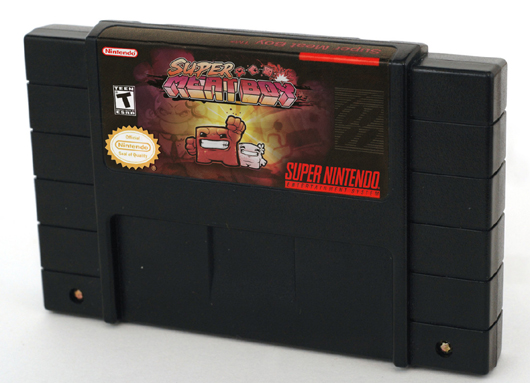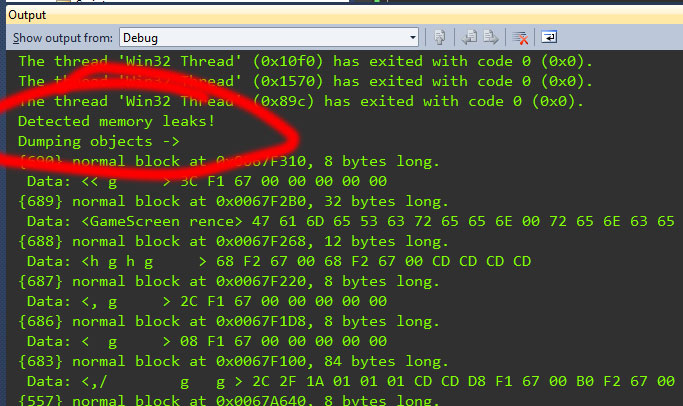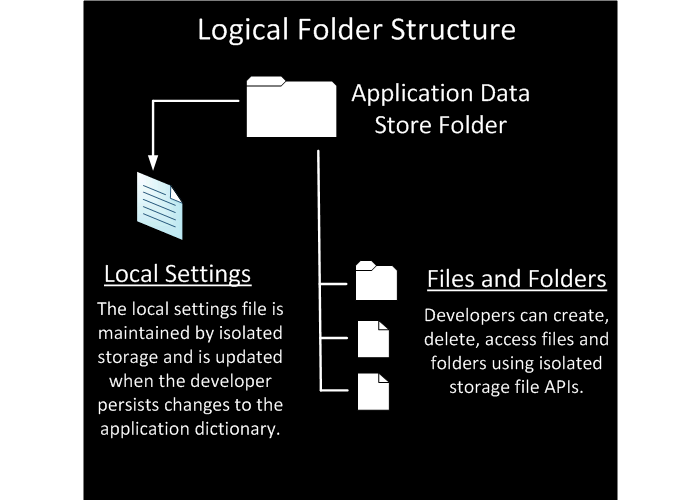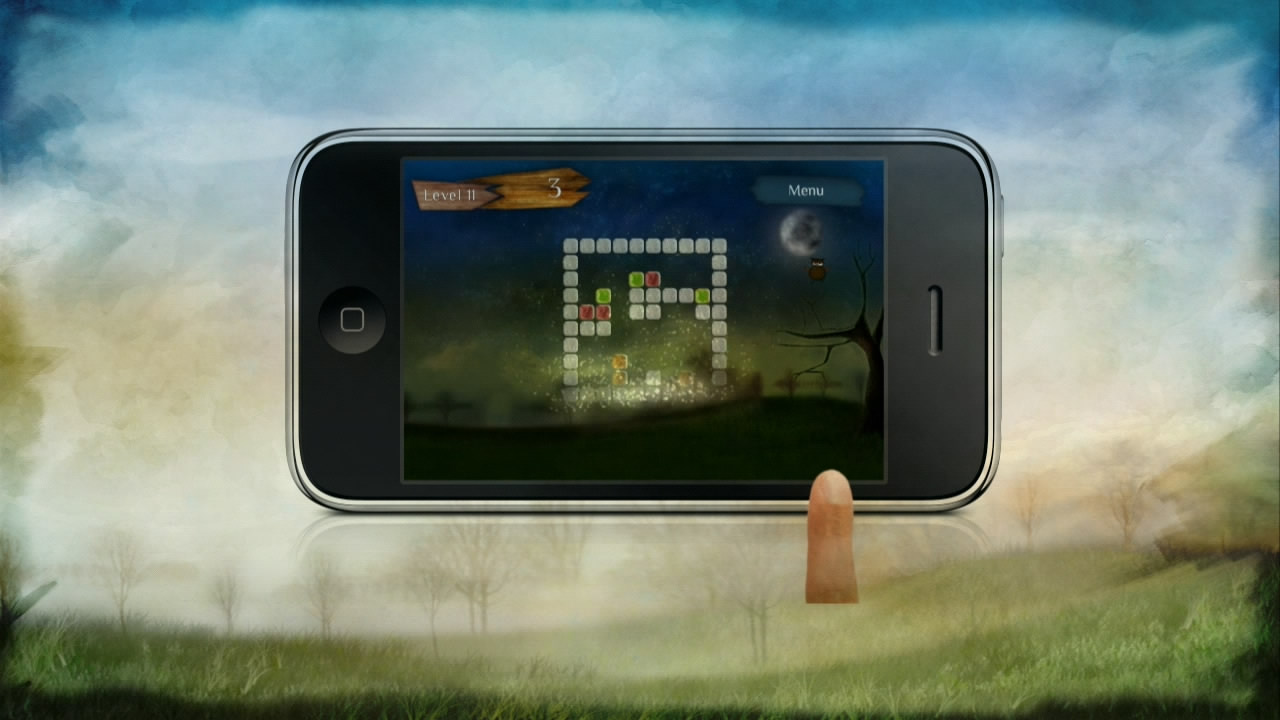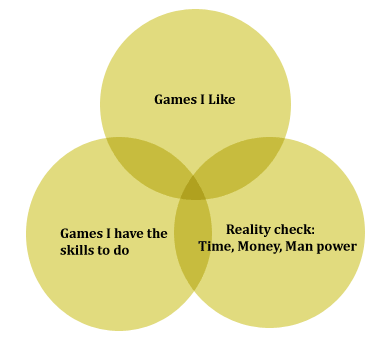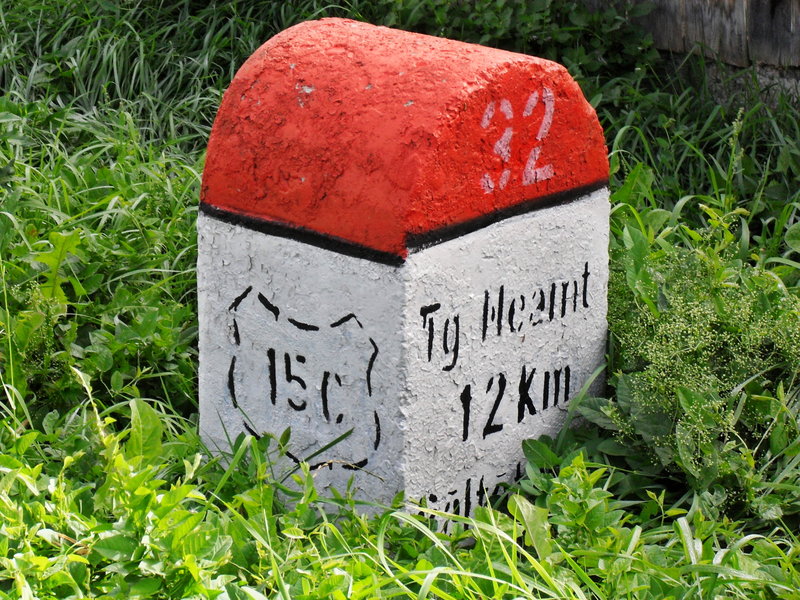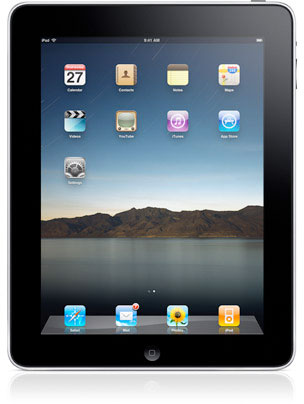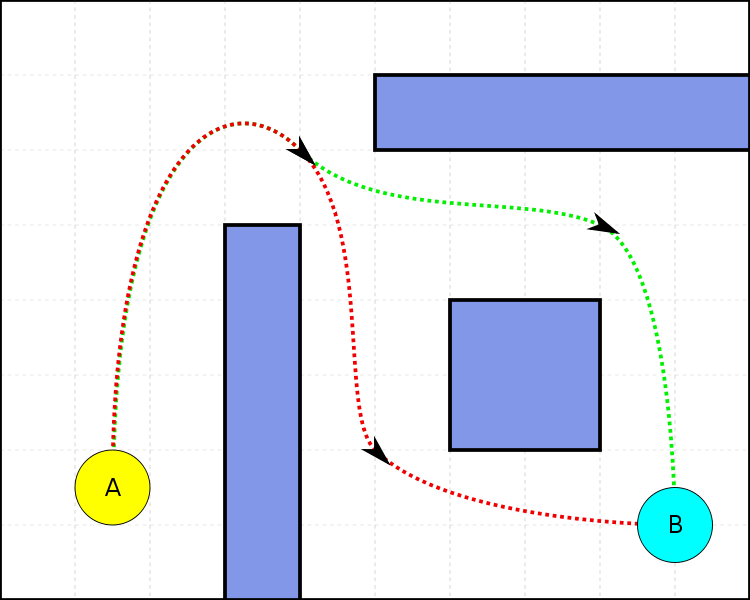
A* Pathfinding
For my current project I’ve been working with A* as a path-finding solution. Basically it’s a way to get from point A to point B. This is used for AI in games mostly on tiled based games, It’s very simple to understand and implement. As A* traverses the graph, it follows a path of the lowest known cost, keeping a sorted priority queue of alternate path segments along the way. If, at any point, a segment of the path being traversed has a higher cost than another encountered path segment, it abandons the higher-cost path segment and traverses the lower-cost path segment instead. This process continues until the goal is reached. ...
